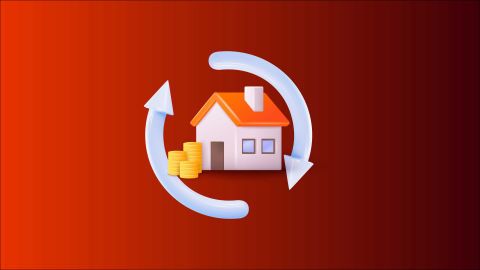In a surprising move, the 6-member Monetary Policy Committee (MPC) headed by Governor Shaktikanta Das lowered the repo rate by 25 basis points to 6.25%. This is the first repo rate cut since August 2017.
The repo rate is a tool that the RBI uses to control the flow of money in the economy. Thus, a repo rate increase or decrease affects the cost of funds available within the economy. So, the repo rate decrease has implications for your home loan interest rate. Here’s a look at what awaits new and existing homebuyers.
The potential impact of the repo rate cut on home loan EMIs
Following the RBI repo rate cut, banks, NBFCs and other lenders may lower the interest rate on home loans as well as other loans. This is because most lenders determine the interest rate on loans using the Marginal Cost of Funds Based Lending Rate (MCLR), which takes into account changes in the repo rate.
Let’s illustrate this with an example. Say you take a home loan of Rs. 70,00,00 for a tenor of 20 years at 8.8% interest. Your present EMI will be Rs. 62,083 per month. Now, taking into consideration the 25 basis points reduction in interest rate, your new interest on the same loan will be 8.55%, which brings your EMI down to Rs. 60,969. This means you save approximately Rs. 13,368 in a year.
However, this is dependent on lenders reducing the interest rate in accordance with the cut in the repo rate, which may or may not happen.
How the rate cut will fare in the external benchmark regime
The repo rate cut declaration comes at a time when borrowers and lenders were preparing to accept the new external benchmark system. So, 1st Aril 2019 onwards, banks will need to determine the interest rate on loans, including home loans, in a more transparent way by using any of the following benchmarks:
- Repo rate of the RBI
- The government of India’s 91 days treasury bill yield produced by Financial Benchmarks India Private Ltd (FBIL)
- The government of India’s 182 days treasury bill yield produced by FBIL
- Other benchmark market interest rates produced by FBIL
If lenders also provide an external benchmark, such as the repo rate to determine your home loan interest rate, then your interest rate may see a reduction in the future. This will make borrowing easier on the pocket. However, keep in mind that if you have an existing floating interest rate home loan, you will enjoy the benefit of lower rates only when your reset date comes around. This, in most cases, happens every 6 or 12 months.
If you are looking to buy a home, you can apply for a home loan of up to Rs. 15 crore* with Bajaj Finserv at a competitive interest rate right now. Here you can also benefit from an array of features like easy online application, minimal documentation with doorstep pickup, a top-up loan, and other lucrative offers.
So, to realise your dream of becoming a homeowner at the earliest, check your pre-approved offer and get instant approval on a customised deal.
DISCLAIMER:
While care is taken to update the information, products, and services included in or available on our website and related platforms/websites, there may be inadvertent inaccuracies or typographical errors or delays in updating the information. The material contained in this site, and on associated web pages, is for reference and general information purpose and the details mentioned in the respective product/service document shall prevail in case of any inconsistency. Subscribers and users should seek professional advice before acting on the basis of the information contained herein. Please take an informed decision with respect to any product or service after going through the relevant product/service document and applicable terms and conditions. In case any inconsistencies observed, please click on reach us.
*Terms and conditions apply








